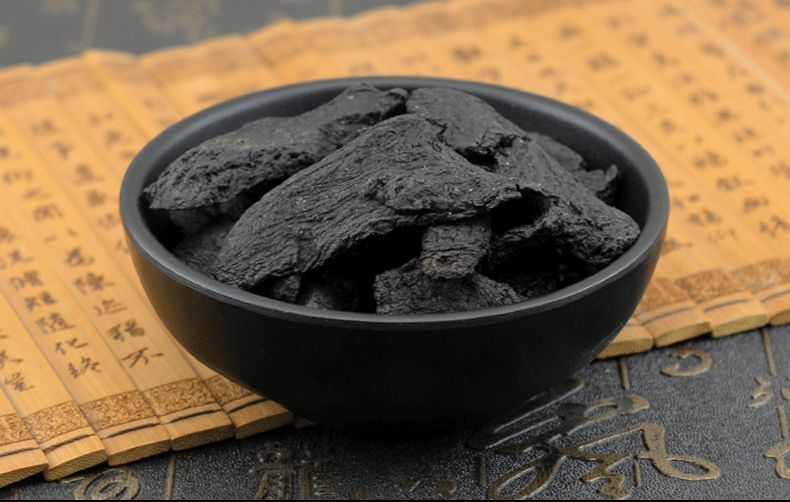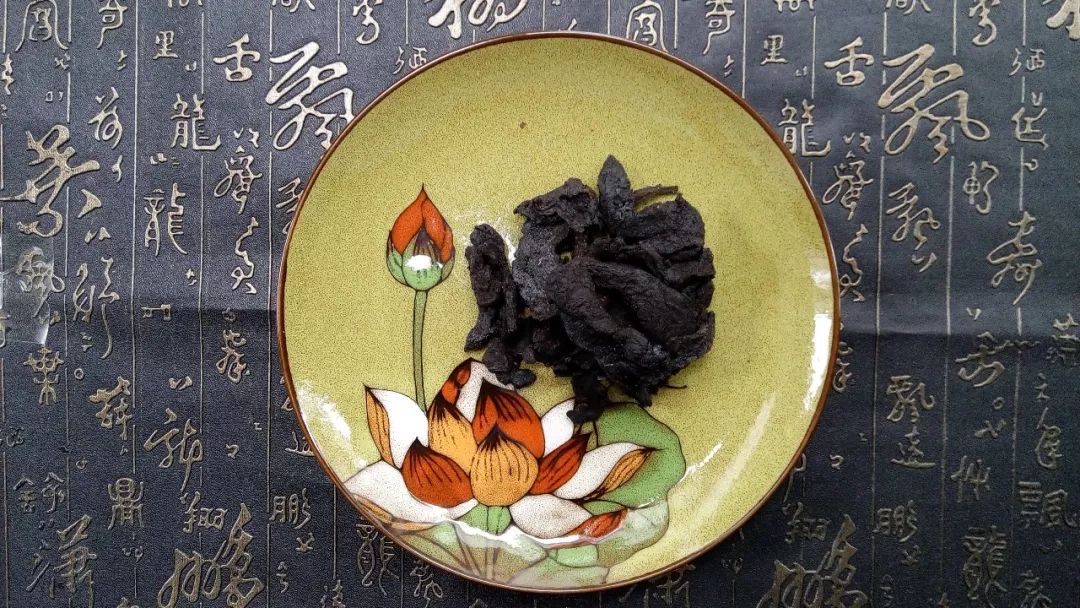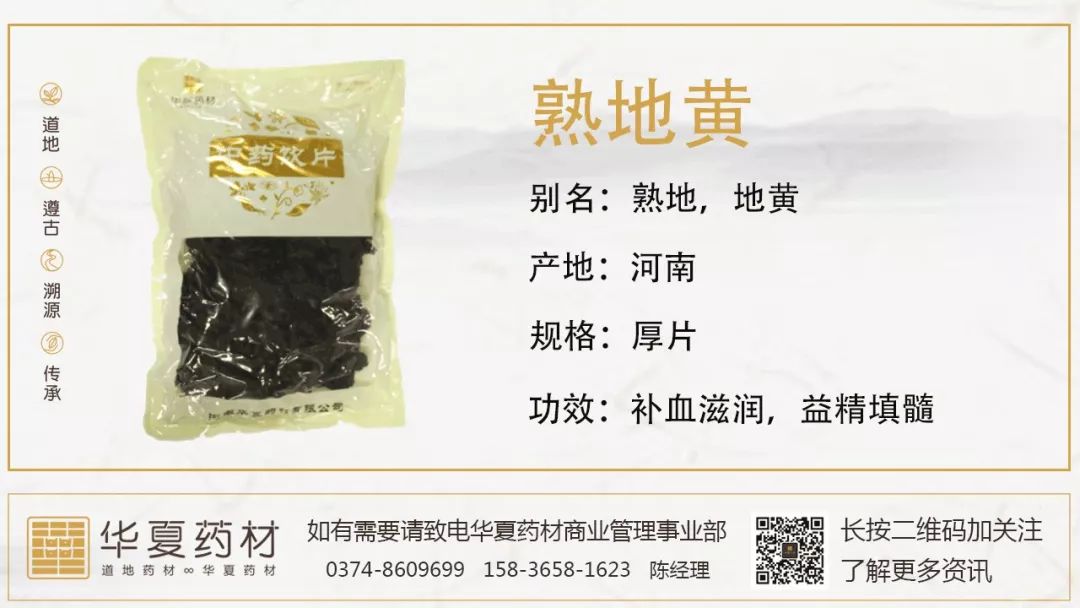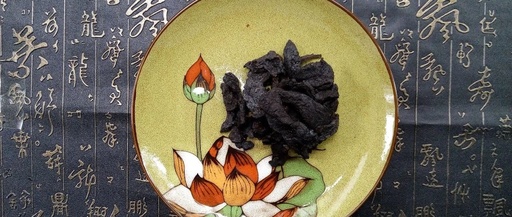Rehmannia Glutinosa: Also known as Di Huang, Huai Qing Di Huang, or Shu Di. The rhizome is fleshy and yellow when fresh, and under cultivation conditions, it can reach a diameter of 5.5 cm, with a purplish-red stem. The leaves are usually clustered in a rosette at the base of the stem, becoming significantly reduced upwards into bracts, or gradually diminishing and alternating on the stem; the leaf blades are ovate to elongated-ovate, green on the upper side, and slightly purplish or purplish-red underneath, becoming one-chambered due to the tearing of the septum when old, and are hairless; the flower column expands at the top into two plate-like stigmas. The capsule is ovate to elongated-ovate. It is cultivated in various regions both domestically and abroad. The rhizome is medicinal.

Effects of Rehmannia Glutinosa
Main indications: Used for diabetes, constipation, nourishing blood and moistening, benefiting essence and filling marrow, blood deficiency with yellowing, dizziness and palpitations, liver and kidney yin deficiency, tidal fever and night sweats, nocturnal emissions and impotence, infertility, irregular menstruation, excessive menstrual bleeding, lower back and knee soreness, tinnitus and deafness, blurred vision, premature graying of hair, and kidney deficiency with shortness of breath.
Functions of Rehmannia Glutinosa
1. Nourishing the Kidneys
Rehmannia is one of the main ingredients in Liu Wei Di Huang Wan (Six-Ingredient Rehmannia Pill) and has significant effects on nourishing the kidneys.
2. Cardiac Strengthening and Diuretic
Rehmannia has cardiac strengthening and diuretic effects, especially beneficial for individuals with heart weakness; using Rehmannia can strengthen the heart. When combined with Mu Tong (Akebia), the diuretic effect is enhanced.
3. Anti-Aging
Research has found that Rehmannia can limit premature cellular aging, enhance cellular function, and is one of the best herbs for delaying aging.
4. Lowering High Blood Pressure
Rehmannia has a significant impact on the cardiovascular system; both wine-prepared and steamed Rehmannia have notable hypotensive effects, with significant reductions in both systolic and diastolic blood pressure.

5. Hematopoiesis
Rehmannia can promote the recovery of red blood cells and hemoglobin in anemic animals.
6. Nourishing Blood and Supplementing Deficiency
Rehmannia is sweet, warm, and moistening, nourishing yin and benefiting essence to generate blood, making it a key herb for nourishing blood and supplementing deficiency.
7. Enhancing Immunity
According to TCM, regular use of Rehmannia can enhance the body’s immunity, thereby improving the body’s resistance to diseases. It has a good effect on strengthening the body.
8. Inhibiting Thrombosis
Rehmannia can significantly inhibit hepatic hemorrhagic necrosis and simple necrosis. It has an inhibitory effect on thrombosis caused by hyperlipidemia from high-fat foods, fatty liver, and hepatic venous hemorrhage induced by endotoxins in rats.
Contraindications of Rehmannia Glutinosa
1. Rehmannia should not be consumed with radishes, scallions, leeks, or garlic.
2. Do not use copper or iron utensils for preparation and decoction.
3. Not suitable for those with typhoid fever.
4. Use with caution in individuals with spleen deficiency, phlegm, and qi stagnation.


